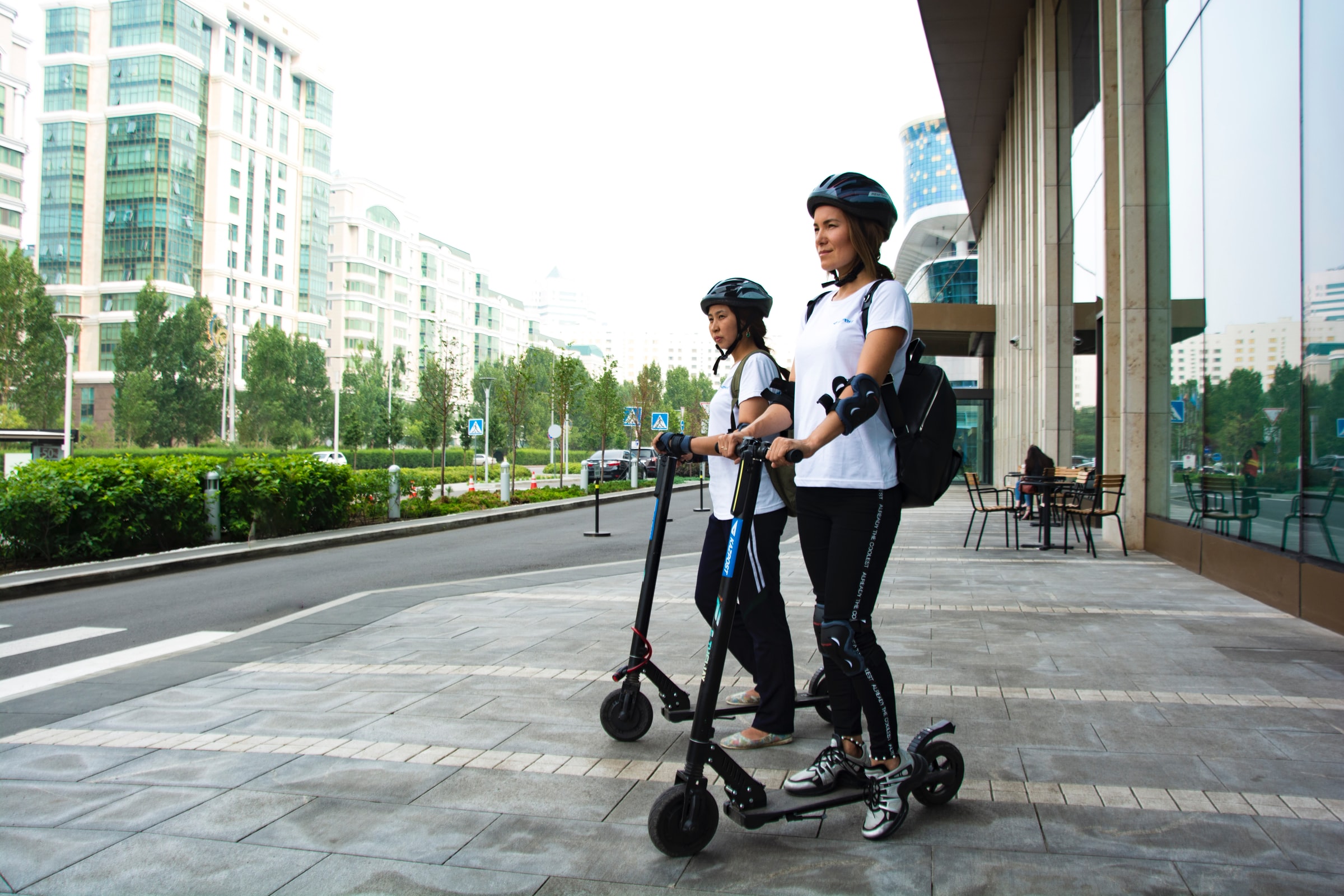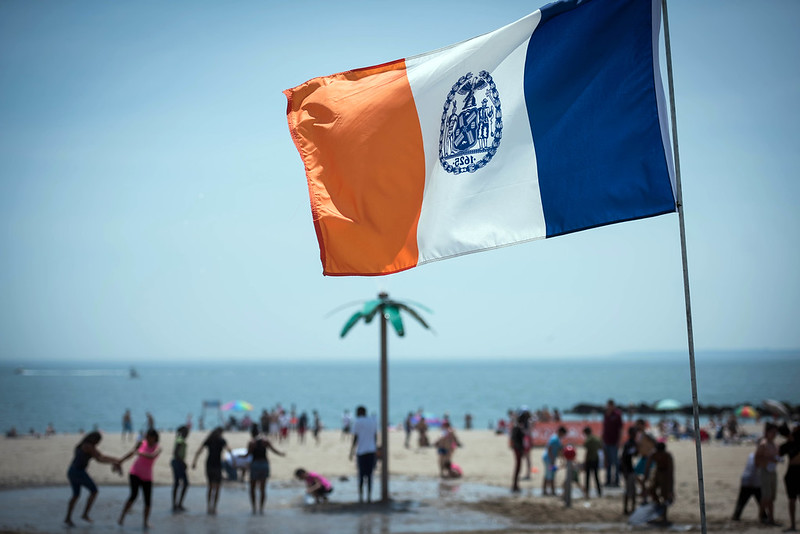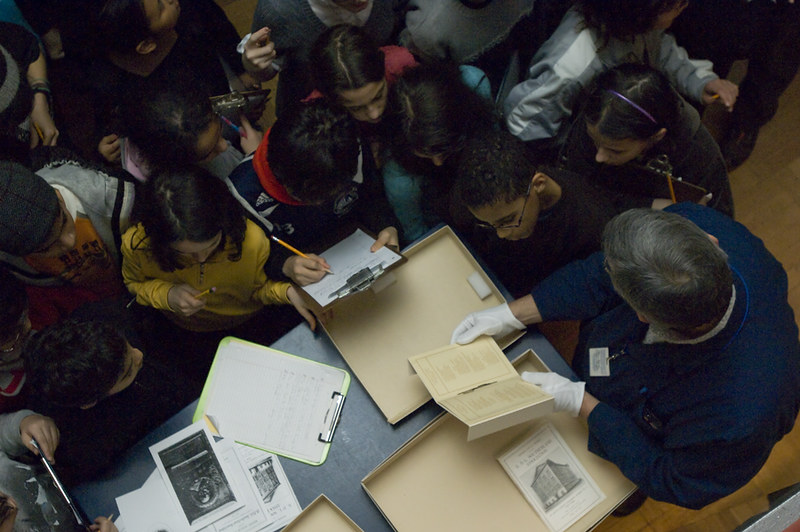How E-Scooters Will Keep New York City Running During the Pandemic and Beyond

E-scooters in use (photo: Marat Mazitov)
In June, the New York City Council signaled a major shift in policy when it voted to allow people to use e-scooters on city streets. The Council legalized the private use of e-scooters and e-bicycles across the city and announced plans for a shared e-scooter pilot program that will allow e-scooter companies to operate in all boroughs besides Manhattan.
The timing could not be better. Workers, including health-care and delivery workers, require sustainable, flexible options for navigating around the city. As the recent surge in bicycle sales suggests, people are feeling safer using individual vehicles that allow for social distancing. E-scooters and e-bikes can help us ease back into public life without adding to citywide gridlock.
Before the pandemic began, traffic congestion in New York City was at an all-time high. According to the New York City Department of Transportation, vehicle registrations were increasing citywide while freight traffic and home deliveries also continued to rise. The only way to avoid the looming “carpocalypse” is to support transportation options that get people out of their cars.
E-scooters and other forms of micromobility offer cities like New York a natural complement to the transit services they already provide. And during a time when confidence in transit has tanked, these new transportation options have become even more important. To rely on shared e-scooters, New Yorkers will need access to a well-maintained fleet of vehicles that are waiting curbside.
Over the past three years, cities across the country have been working out the kinks of shared e-scooters and establishing programs that improve safety, equity, and sustainability. While local conditions vary, all successful programs have one thing in common: a requirement for accurate and complete data. It’s critical that the city first define its key use cases and success metrics so they can be measured against real-world outcomes. These goals should be shared with New Yorkers so they can see the impacts of e-scooters for themselves.
There’s no question that safety should be the top priority. While early data indicates that scooters are much safer for our streets than cars, there are still things cities can do to prevent injuries. First, city officials should take a look at streets where riders are more likely to ride on sidewalks because of narrow streets or other impediments. They can address those concerns by building out protected micromobility infrastructure, like bike lanes.
In addition, parking corrals reduce sidewalk clutter and help eliminate trip hazards for walkers. No-parking zones at the end of a block that accommodate clear sightlines or fire hydrants are great locations for e-scooter corrals since they do not require the removal of any street parking.
One aspect of new transportation services often overlooked is data privacy and security. Imagine, for example, if government could trace trips to a protest back to the house or apartment building where they began. The unsettling truth is that in many cities, they can. In California, the use of e-scooter data has even led to a Fourth Amendment lawsuit from the ACLU.
New York City must make a commitment to approach data privacy differently, by collecting the minimum data required to ensure the city is able to measure the efficacy of the program against goals. In particular, city officials should commit to never collect data that contains the precise location data of individual riders’ trips. Without a guarantee of data privacy, many would-be riders may think twice before hopping on a scooter.
The decision to welcome e-scooters to the streets of New York has huge potential to change the way New York City residents get around the city during the pandemic — and for years to come. If implemented properly, e-scooters and e-bikes are likely to become as embedded in the city’s character as the yellow cab. If implemented poorly, they may just end up in the bottom of the East River.
***
William Henderson is CEO of Ride Report. On Twitter @RideReport.
***
Have an op-ed idea or submission for Gotham Gazette? Email This email address is being protected from spambots. You need JavaScript enabled to view it.
It’s Time for New York City to Build More Beaches, Including in Manhattan

New York City beaches are often quite popular (photo: Ed Reed/Mayor's Office)
If you ask Amanda Sisk how she feels about the beach, her answer is straightforward: “I love the beach! Even Coney Island. The beach is my favorite place. Water, any kind of natural water, it makes me feel good!” But having lived in Washington Heights for nearly a decade, getting to the beach is no easy task. It normally takes Sisk close to an hour-and-a-half to get out to Rockaway Beach via the A train. She prefers Rockaway Beach because there are separate sections for swimmers and surfers.
This year, as the city continues to battle coronavirus, officials have had to drastically reevaluate our city's beaches. While swimming will soon be allowed at all city-run beaches, activities like sunbathing are limited to crowds of 50% normal activity. Additionally, all of the city's public pools, which have historically provided a much needed respite from the sweltering heat, are currently closed due to COVID-19, with only 15 pools due to open on August 1.
As we continue to grapple with this crisis, one thing seems abundantly clear: it’s time to build more beaches — including in Manhattan.
New York City currently maintains 14 miles of beaches, traditionally from Memorial Day weekend through Labor Day. In 2018, more than 16 million people flocked to the city's beaches, with Coney Island and Rockaway Beach seeing the most visitors. That's an awful lot of people crowding on subways and buses to get to only a handful of places where you can really enjoy the sun and surf.
Luckily, we can look to other cities, such as Paris, for inspiration. Every year, the Paris-Plages turns the Bassin de la Villette into a beach resort, complete with sand and deckchairs. For people in the mood for a swim there are three pools right along the water, which are fed directly by the canals. Similar projects are being proposed in cities like Boston, Montreal, London, and right here in New York.
Kara Meyer is the Managing Director of Friends of + POOL, which is working to create a floating pool that would allow New Yorkers to swim in filtered river water right here in Manhattan. “We had this realization that we live on an island, surrounded by water, and none of us can access it for swimming.” Meyer notes that since the pandemic, there has been a renewed interest in opening up more public spaces in our city to residents. “No one has appreciated public space in New York as much as they do right now. We have this amazing resource at our fingertips, all around us.”
Creating more public space for recreation and relief from the summer heat is one step we can take toward the much larger goal of eliminating inequality in our city. While New Yorkers with means can escape to places like the Hamptons for a weekend, or even the entire summer, most don't have that option.
As we face the climate crisis, rethinking our waterfronts would also allow us to incorporate resiliency into the equation, building natural storm barriers, and reducing the urban heat island effect. The Hudson River Park Trust recently released new plans for a new 5.5 acre park, including a resilient beachfront, along the Hudson River. The area would be open to kayaking and canoeing, but not swimming, according to reports. There are similar plans underway along the Williamsburg waterfront.
Building a new beach will be no small task, but there are positive signs. Late last year, the city posted a request for expressions of interest on a project to build a “swimming facility capable of filtering the waters of the East River to enable safe recreational access to clean water.” Developing a workable system for swimming in the East River could be the first step in realizing this vision and in determining a feasible location for a potential beach.
New York City has done big things before, and as we’ve seen, where there is political will, there is often a way. Now is the time to be bold, and to reimagine our city’s waterfront, for ourselves and future generations.
***
Kim Moscaritolo is a candidate for City Council in Manhattan's 5th District. On Twitter @kimmosc.
***
Have an op-ed idea or submission for Gotham Gazette? Email This email address is being protected from spambots. You need JavaScript enabled to view it.
Prioritize Schools - New Yorkers Demand a Real Plan for Our Students and Our City

students and schools in focus (photo: William Alatriste/City Council)
It can't be easy to be in charge of New York City schools right now, facing a triple threat of crises: health, financial, and educational. However, our city as a whole can't function without our schools open—until that happens, parents, guardians, and caregivers can't get back to work; businesses across our city can't rely on their employees; and many children can't get the educational, social-emotional, and nutritional support they need.
We know there are increasing numbers of unknown variables—the resilience of the virus across seasons, the emerging science around how it spreads in school communities, its specific effects on children, and the efficacy of our city's testing and tracing programs (just to name a few). And of course, it's paramount to ensure the safety of our children, teachers, staff, and families before we open school. Yet, beyond filling out standardized surveys from the New York City Department of Education and conflicting and vague announcements, the detailed discussion of whether, when, and how to open schools is invisible to most parents and families.
We need hope. We need leadership. We need the Governor, the Mayor, and the City Council to prioritize schools.
We demand a plan—one that’s ambitious, that’s given the resources to meet this moment, and that channels the innovation, creativity, and tenacity of our city to open schools safely and effectively for the benefit of New York City and its people.
1. The plan must show real leadership and transparency. Right now, families are kept guessing, and principals and school leaders are asked to make plans beyond their level of authority. The Governor, the Mayor, and the City Council need to offer real leadership to give direction to the Schools Chancellor and work proactively with the United Federation of Teachers (UFT), parent leadership, and every government agency to move this plan into action.
2. The plan must center on equity by respecting that all families are different. Some families can't send children to school due to health risks, some need to send children so they can go to their jobs or meet their family’s nutritional needs, many have IEPs, siblings, varying rigors with commuting, and differing relationships with or accessibility to technology. Every decision about how we school our kids needs to ask how we are offering agency and partnership to the families that are most vulnerable or have the highest potential to be marginalized. We need to make decisions that proactively counteract that marginalization. Any plan for the fall must ditch a one-size-fits-all approach to education.
3. The plan must lean in to small-group learning. For health reasons, we'll need lower student-teacher ratios. This is something every educator, parent, and caregiver has wanted for decades. To meet this need will require more space, more educators, and more flexibility and creativity with when and where instruction is occurring.
4. The plan must value education more than test scores. In a crisis, there can be a default instinct to go to what's measurable, such as standardized testing. We need to resist that impulse and invest in the social-emotional wellbeing of a student population that is facing real fears and, for many, traumas. The arts, guidance counselors, and mental and physical health are all more, not less, essential.
5. The plan must protect our privacy. Even as we push digital learning as a part of a blended model, our city must only enter into agreements with vendors that keep student data secure, refuse to allow companies to share or monetize data, and allow the right to be forgotten—so that students and families ultimately control how their data follows them.
6. The plan for our children must also be a plan for parents and guardians. It needs to support adults being part-time teachers at home by giving them extended family leave from work, protections around work schedules that flex to accommodate uneven structures of in-person and remote schooling, subsidies for supplemental childcare and enrichment, or other policy measures that allow parents and guardians to support their families without losing their jobs, job security, or financial wellbeing. The plan needs to account for staff, hourly, and independent contractor jobs alike.
There are physical structures, unemployed labor, sources of innovation, and willing and able volunteers all across our city that can be harnessed into a massive and ambitious mobilization to reopen and recreate our schools—if there's the leadership to mobilize them. Our city must tap every public and private partner it can reach to unleash our creativity, ferocity, and determination to make the 2020-2021 school year one where our students and families can safely thrive.
Signed:
Justin Krebs, District 15 Presidents Council / PS 39
Cateia Rembert, President Emerita, District 15 Presidents Council
Megan Butler, President of PS 39 Parents Association
Sara Thompson, President of PS 39 Parents Association
PS 39 Parents Association
Lisa Jackson Zelznick, former President - PS 130 PTA
Mel Boller, PS130 Parkside PTA Co-President
PS 146 Brooklyn New School SLT
PS 146 Brooklyn New School PTA
Amy Tate and Anna Catherine Rutledge, Brooklyn New School PTA Co-Presidents
Maria Fusilero, acting PTA co-president, PS 295
Julie Baron, Member of the PS 39 Executive Board
Laura Limonic, Parent at Community Roots Charter School D-13
Heather Volik, PTA President PS10
Miriam Nunberg, D15
Parents for Middle School Equity
Jackie Cazar, NYC Parent
Melissa Noonan, NYC Parent
Parent Leaders and Parent and Community Organizations can sign on here.
Any member of the public can demand the city and state prioritize a plan by signing on here.
***
Have an op-ed idea or submission for Gotham Gazette? Email This email address is being protected from spambots. You need JavaScript enabled to view it.




